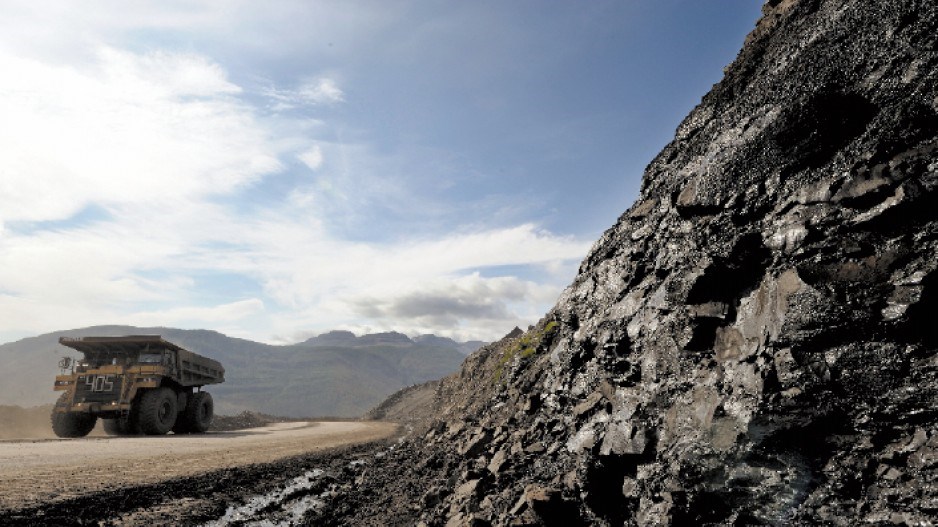B.C.’s coal industry is once again driving billions of dollars in value for the provincial economy, and major international players are taking notice.
Revenue from the province’s coal mines totalled $5.2 billion in 2011 compared with $3.4 billion in 2010, thanks to high prices and increased volumes.
PwC said earlier this month that coal now accounts for nearly 60% of B.C.’s total mining revenue, underwriting the value of the thousands of workers who support the province’s nine coal mines on Vancouver Island and in southeast and northeast B.C.
International mining companies have taken notice.
Teck Resources (TSX:TCK.B) has traditionally dominated coal production in B.C., but now other players such as Walter Energy (TSX:WLT), Anglo American (LSE:AAL) and Xstrata (LSE:XTA) have jumped into the game.
Although new coal mines are planned for Vancouver Island and northwest B.C., the real industry expansion taking place is in northeast B.C.
Xstrata Coal, a subsidiary of the Swiss-based diversified miner, has spent approximately $670 million acquiring land in northeast B.C. in the hope that it will find a project worth developing into a mine.
Earlier this month, Xstrata announced a joint venture with Japan’s JX Nippon Oil & Energyto invest $35 million in a pre-feasibility study for the Suska coal project between Chetwynd and Tumbler Ridge.
Mark McManus, Xstrata Coal’s Vancouver-based executive general manager, said the company has picked up 115,000 hectares of land in B.C. in less than a year.Although Xstrata is expanding its coal business worldwide (it has interests in 30 operating mines), the company is particularly interested in B.C.’s proximity to Asian markets.
“The infrastructure is in place, it’s on the coast close to markets and it’s worth having a look and seeing if we can make something out of it,” said McManus.
PwC partner Michael Cinnamond said coal has traditionally been the largest component of B.C.’s mining sector and is continuing to grow.
Although a recent economic slowdown in China has stirred some concern in B.C.’s resource sector about a possible decline in exports, coal prices remained strong at US$223 per tonne in the first quarter of 2012. That’s down from US$257 a tonne in 2011, but still a far cry from the US$80 per tonne miners earned in 2007.
Cinnamond said although China has slowed somewhat, there’s no reason to panic.
“They’re still growing, they still need steel and you can’t do that without metallurgical coal,” he said.
Although the slowdown in China has battered Teck’s share price somewhat, analysts are beginning to see a light at the end of the tunnel for the diversified miner. In a research note published last week, Salman Partners coal analyst Mike Plaster wrote that supply constraints out of Queensland in Australia (a major coal production region) coupled with increased demand from South Korea will help strengthen Teck’s coal business in the near future.
Plaster also noted that the number of coal boats scheduled for arrival at Westshore Terminalsin Vancouver in the next month remains strong and above the rising long-term trend.
Said Cinnamond: “Canada is a good place to do business for the mining industry … B.C. has high quality coal, and they have the infrastructure and ports here to get it to market.” •




